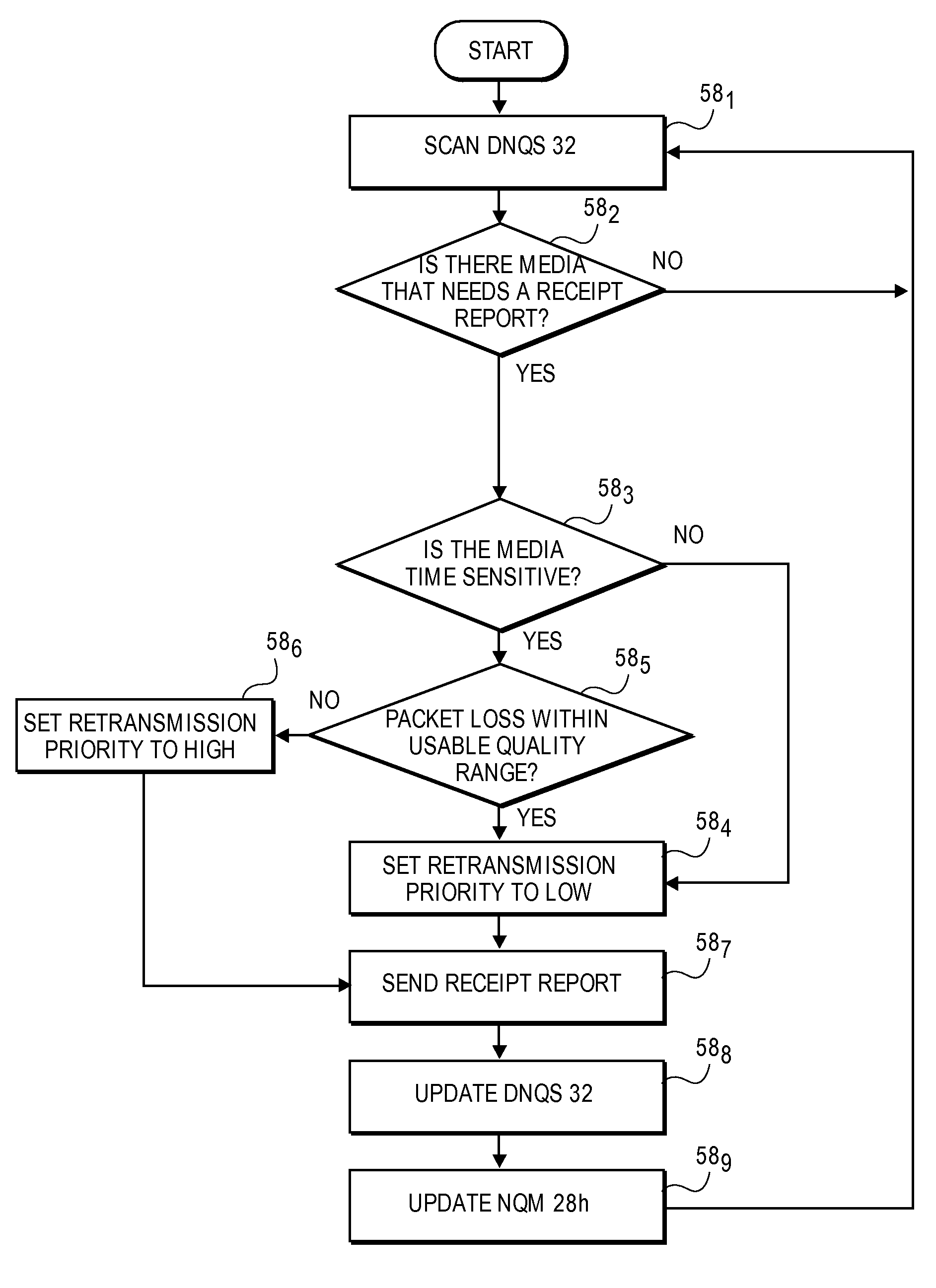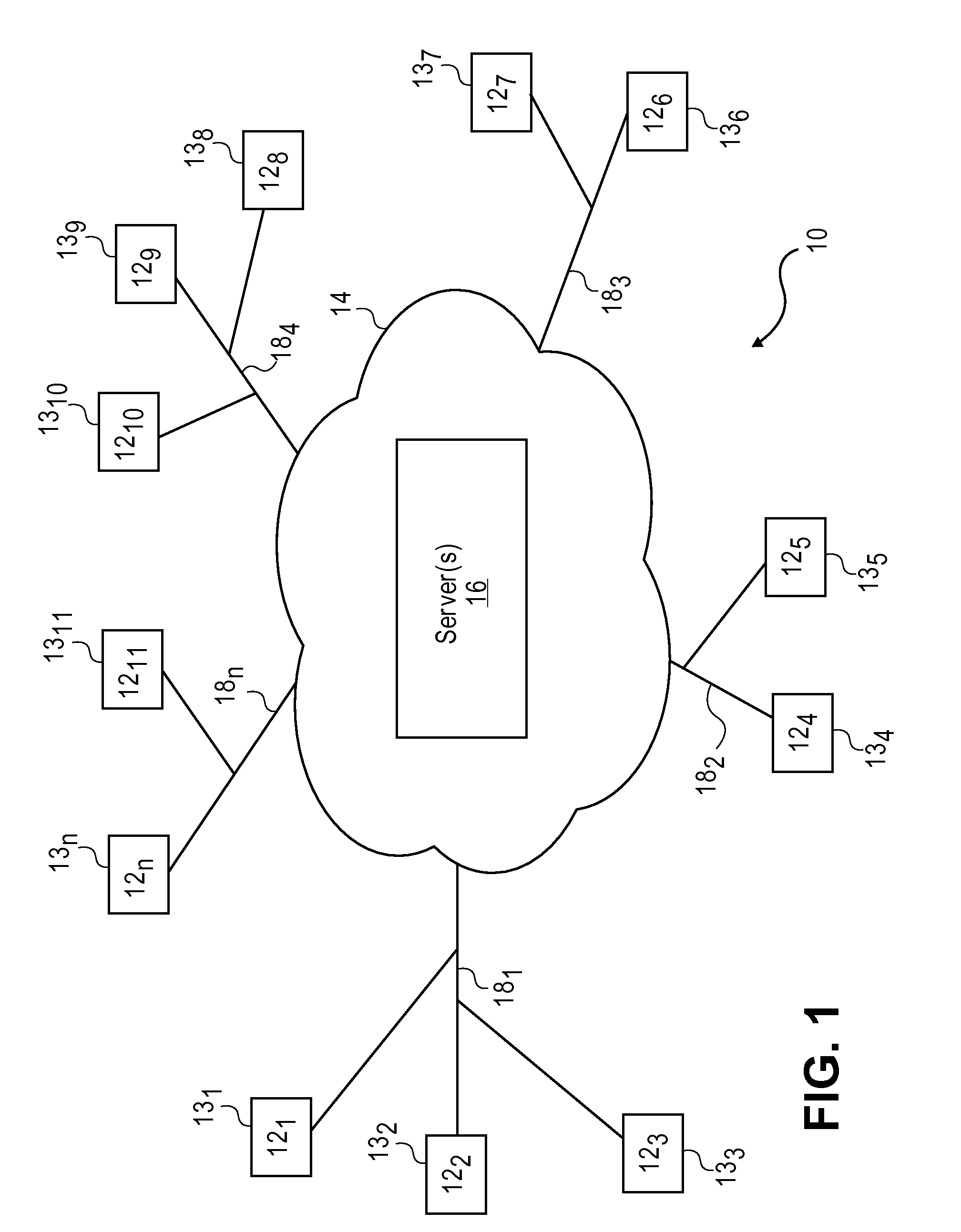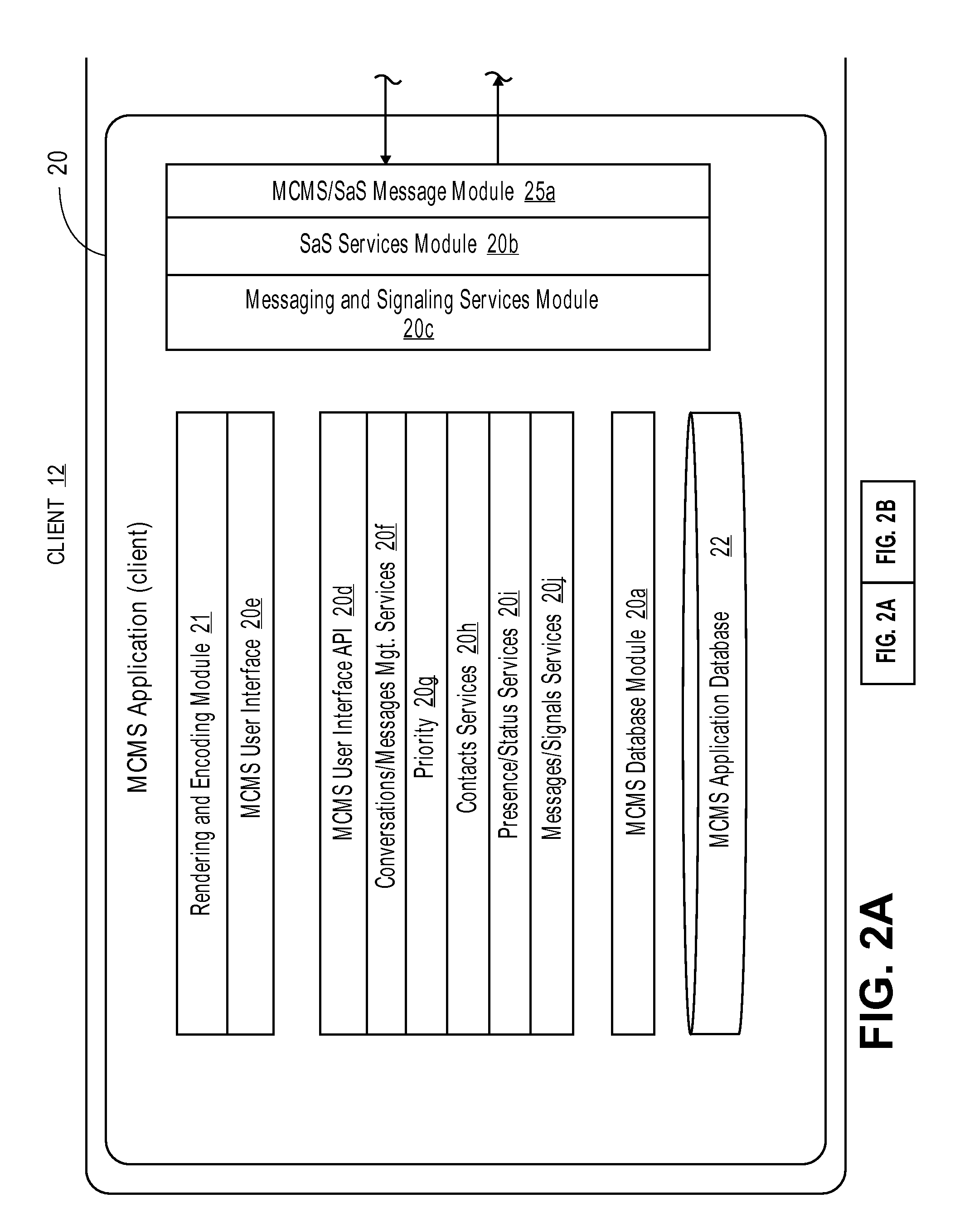Method and system for real-time synchronization across a distributed services communication network
a distributed services and communication network technology, applied in the field of telecommunications, can solve the problems of burdensome and time-consuming voice mail delivery process, inability to organize or permanently archive voice messages, and inconvenient current voice mail system for the recipien
- Summary
- Abstract
- Description
- Claims
- Application Information
AI Technical Summary
Benefits of technology
Problems solved by technology
Method used
Image
Examples
Embodiment Construction
[0037]The invention will now be described in detail with reference to various embodiments thereof as illustrated in the accompanying drawings. In the following description, specific details are set forth in order to provide a thorough understanding of the invention. It will be apparent, however, to one skilled in the art, that the invention may be practiced without using some of the implementation details set forth herein. It should also be understood that well known operations have not been described in detail in order to not unnecessarily obscure the invention.
A. Functional Overview
[0038]The communication media management method and system supports new modes of engaging in voice conversations and / or managing multiple simultaneous conversations using a variety of media types, such as voice, video, text, location, sensor information, and other data. Users can engage in conversations by sending voice messages to designated recipients. Depending on preferences and priorities, the reci...
PUM
 Login to View More
Login to View More Abstract
Description
Claims
Application Information
 Login to View More
Login to View More - R&D
- Intellectual Property
- Life Sciences
- Materials
- Tech Scout
- Unparalleled Data Quality
- Higher Quality Content
- 60% Fewer Hallucinations
Browse by: Latest US Patents, China's latest patents, Technical Efficacy Thesaurus, Application Domain, Technology Topic, Popular Technical Reports.
© 2025 PatSnap. All rights reserved.Legal|Privacy policy|Modern Slavery Act Transparency Statement|Sitemap|About US| Contact US: help@patsnap.com



